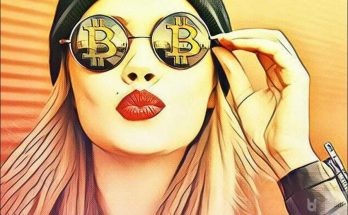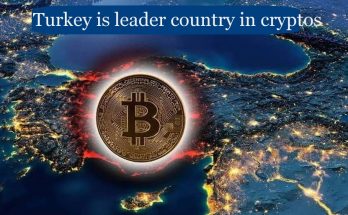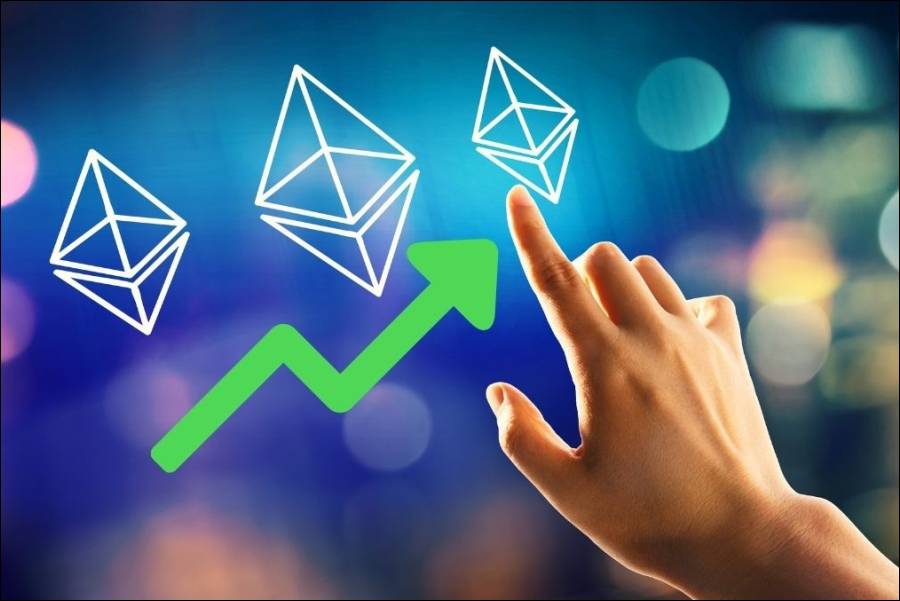NFTs can be used to commodify digital creations such as digital art, video game items, and music files. However, access to any copy of the original file is not limited to the owner of the token. The first NFTs were Ethereum-based and appeared around 2015. The growing interest in the market for NFTs has led to increased speculation as the same investors who previously speculated on cryptocurrencies began buying and selling NFTs in massively increasing volumes. NFTs mostly operate on a proof-of-work blockchain, which consumes more energy than a proof-of-stake blockchain.
How is NFT built?
NFT is a unit of data that can represent a unique digital item, stored in the blockchain (digital ledger). Unlike cryptocurrencies such as Bitcoin and many network or utility tokens, NFTs are a cryptographic token and are not mutually exchangeable. NFT is created by uploading a file or a piece of art to NFT auction marketplaces such as KnownOrigin, Rarible or OpenSea. This creates a copy of the file saved in the digital ledger as an NFT that can be bought and resold with cryptocurrency.
Although an artist may sell an NFT representing a work, the artist may hold the copyright to the work and create more NFTs of the same work. The receiver of the NFT does not get exclusive access to the “original” digital file. The person who uploads a particular work as an NFT does not need to prove that they are the original artist. There have been numerous instances where art has been used for NFTs without the creator’s permission.
What is different from other crypto coins?
“Non-Fungible Token” means a digital asset (token) that cannot be divided and cannot be produced again. Unlike cryptocurrencies like Bitcoin and Ether, which are “fungile”, NFTs are unique digital assets. To explain with an example, today you can buy and buy a Bitcoin or Ether by dividing it into parts and exchange the same cryptocurrency in its own unit. However, as a private digital asset, NFT cannot be exchanged for any other token as it is unique. Its intrinsic value is determined by its producer or investor.
How are NTFs produce?
NFTs are produced according to the ERC-721 token standard prepared by Ethereum developers. There are platforms that make it possible to perform the transaction easily so that users are not overwhelmed in the technical world of blockchain. The only thing needed to produce NFT is a digital cryptocurrency wallet. After the file to be produced as NFT is uploaded to the IPFS system through these platforms, the parameters of the NFT that cannot be changed are determined.
NFTs are produced by paying the transaction fee of the blockchain network after determining how many NFTs will be produced, the price, how much share will be paid in the next sale, etc. With the completion of the transaction, the NFTs are transferred to the crypto wallet and recorded on the entire blockchain where the production is carried out.
Is NFT an investment tool?
NFTs are different from other cryptocurrencies by their design, and their value is determined by the person or investor who produces the work rather than the order board. If the investment issue is interpreted through digital artwork, it is not much different from investing in physical artwork. Similarly, the value of an asset purchased as a collector’s item is determined by parameters such as how rare the asset is, age and cosmetics.
Brilliant NFT sales
The most interesting sales of the last period bring NFTs to the agenda. US artist Beeple (Mike Winkelmann) has sold a collage of his works for $69.4 million at an auction held by the auction house Christie’s. Lebron James’ slam dunk video NFT, which was sold through the NBA Top Shot app, found buyers for $77,000. While Twitter CEO Jack Dorsey’s tweet was bought by a person of Turkish origin for $2.9 million, Elon Musk auctioned off his tweet with GIF and music as NFT.
Visits: 90




